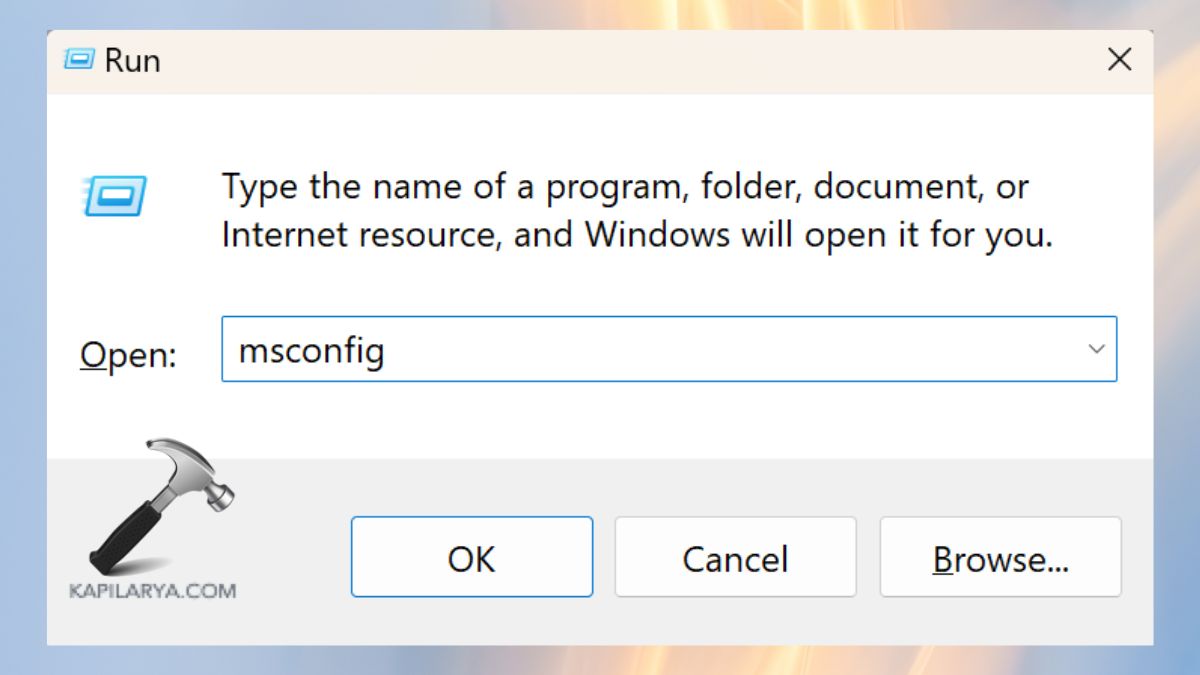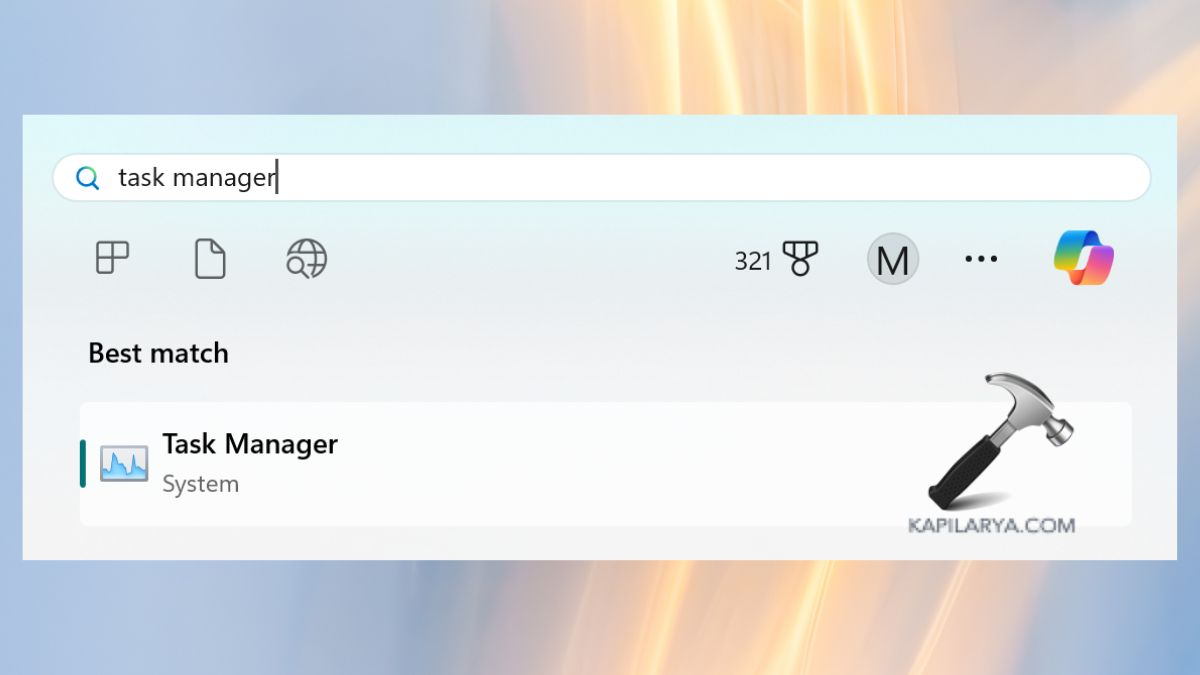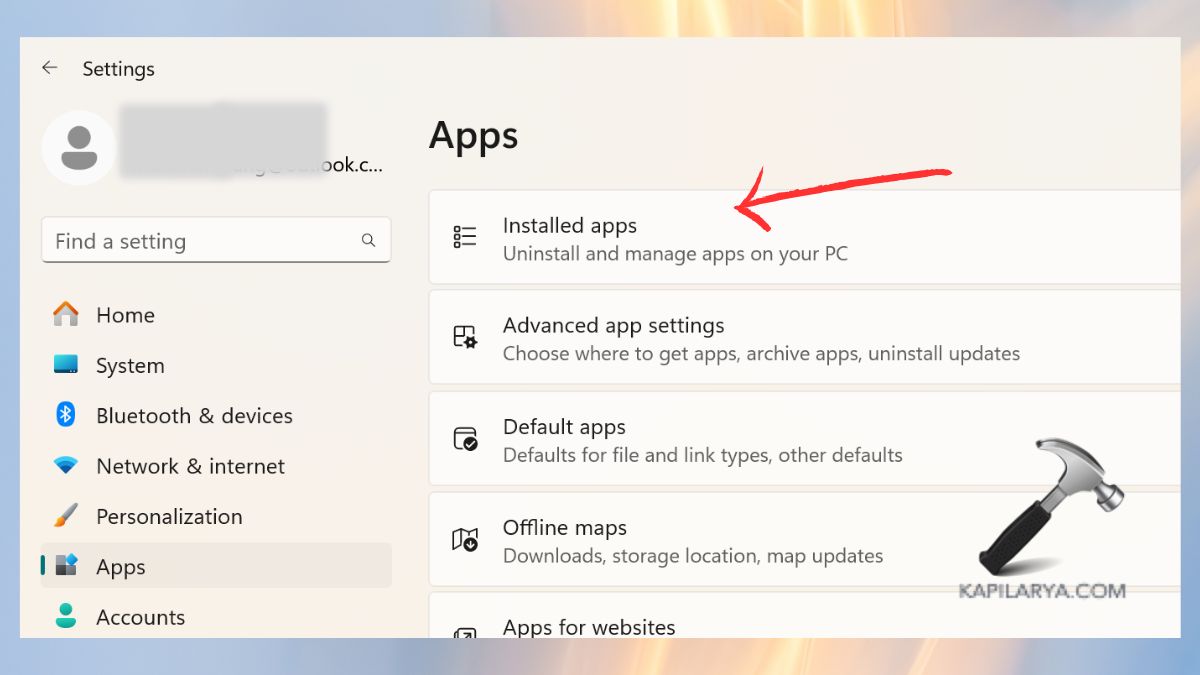When keyboard input lag occurs, it can seriously affect your typing, game time, or productivity with Windows 11. Slow keystrokes on your keyboard may result from software or hardware issues, regardless of whether it’s connected to your PC. In this article, you’ll find 11 steps to help you get rid of keyboard input lag in Windows 11 so that typing feels smooth.

We’ve discussed how to change your keyboard settings and also check all the hardware connections. Address each step in order to find out what is slowing it down and to improve your system.
Page Contents
Causes of Keyboard Input Lag on Windows 11
Some of the reasons for keyboard input lag on Windows 11 are listed below.
1. Problems with the Keyboard Drivers
2. It has a Filter Keys feature.
3. Processes in the background are using up the computer’s resources.
4. The USB port or cable might be the main issue.
5. Damaged or Worn-Out keyboard tools
6. Problems with The Operating System or Updates That Need to Be Done
Fix Keyboard Input Lag on Windows 11
Fix 1: Disable Filter Keys in Windows 11
Filter Keys is a feature set up for accessibility, and it might slow down the speed of typing on the keyboard. Once disabled, input will become faster right away.
1. To go to Settings, press Windows + I. Click on the Accessibility button and then on Keyboard.

2. Click on Filter Keys and switch it to the Off mode.

Fix 2: Update or Reinstall the Keyboard Driver
Damaged or old drivers may lead to lag in the keyboard on Windows 11.
Process for updating-
1. Press the Windows and X keys at the same time, and from the menu, choose Device Manager.

2. Click on the “+” on the right side to expand the Keyboards section. Click the right mouse button on your keyboard and opt for Update driver from the menu.

To reinstall-
1. In Device Manager, right-click the entry for your keyboard and then choose Uninstall device.

2. Toggle the switch to restart your PC, so that the OS reinstalls itself.
Fix 3: Adjust Keyboard Settings in Windows 11
Adjusting your keyboard’s repeat delay and rate may help you remove possible input lag.
1. Visit the Control Panel and then choose the Keyboard option.

2. In the Speed tab, move the Repeat delay and Repeat rate sliders to make the repeating different.
Press the Apply button and afterward OK.

Fix 4: Check the Keyboard in Safe Mode
Entering Safe Mode will allow you to see if third-party applications are behind the slowing down of your computer.
1. Press the Windows and R keys together, put in the command, and press Enter.
msconfig

2. In the Boot tab, enable Safe Boot and pick Minimal as the option.

After that, apply your changes and press OK before restarting the device.
3. Press Shift while you reboot your computer, and you will be in Safe Mode, which allows for testing of your keyboard. If the issue is no delay, it could be a third-party app that is causing it.
Fix 5: Disable Unnecessary Background Programs
Having many background apps at once affects your device’s memory and CPU, which may cause the keyboard to become slow.
1. Press Ctrl + Shift + Esc together to open Task Manager.

2. Look in the Processes tab to spot tasks that consume a lot of resources and stop them when you do not use them.

3. Go to the Startup tab and switch off any apps that you don’t use regularly.

Fix 6: Use the Windows Keyboard Troubleshooter
If something goes wrong with the keyboard, Windows 11 gives you a utility to help.
1. Go to Settings, then choose ‘System’, ‘Troubleshoot’, and click ‘Other Troubleshooters’.

2. Go down and hit the Run button next to Keyboard. Take action by following the guidelines given on the screen.

Fix 7: Optimize CPU Usage and Memory
A slow keyboard can be caused by the CPU or memory running at more than normal levels.
1. To stop these programs from launching right away.
2. Settings > Apps > Installed apps is where you can find software you don’t need and remove it.


3. Go to Settings > System > Storage.

4. Clean your PC by using Run Disk Cleanup and Storage Sense. Should your system hit its memory limits, you might want to update your RAM.

Fix 8: Check Bluetooth or Wireless Keyboard Connection
Slow wireless keyboard usage may be caused by lost/poor connectivity.
1. Bring your keyboard to be repaired if you have trouble with your keyboard.
2. Proceed to Settings > Bluetooth & devices, delete your keyboard from the list, and then pair it once more.

Fix 9: Test USB Ports and Cables (For Wired Keyboards)
Issues with your USB ports may mean delays in the computer responding to your keystrokes.
1. Ensure the keyboard’s USB is attached to a different USB slot on the computer.
2. Swap out the cable and use another (if it’s able to be removed).
3. Test the computer’s keyboard on a different computer to avoid a hardware problem.
Fix 10: Consider Getting a New Keyboard
Should everything else not help, as well as if the keyboard is very old or broken, getting a replacement could be necessary. The latest keyboards are improved for Windows 11, giving users faster answers and making them last longer.
Frequently Asked Questions (FAQs)
#1 Why is my keyboard input delayed in Windows 11?
A lag on the keyboard can happen if the drivers are old, settings are not set properly, there is interference from Bluetooth, or other apps are using all the resources.
#2 Is keyboard lag a hardware or software problem?
It may happen to have a gender or not have one. Clicking a button may also fail if the drivers or system settings inside your computer are old. Some hardware problems are found in the USB ports, cables, or keyboards that wear out over time.
#3 Can Windows updates fix keyboard lag?
At times, Windows updates include updates for drivers or patches that address lag and problems with peripherals.
#4 Does a wireless keyboard always cause more lag than a wired one?
Not necessarily. Still, the lag in wireless keyboards can be caused by Bluetooth interference, a low battery, or a weak signal.
That’s it!
![KapilArya.com is a Windows troubleshooting & how to tutorials blog from Kapil Arya [Microsoft MVP (Windows IT Pro)]. KapilArya.com](https://images.kapilarya.com/Logo1.svg)






![[Latest Windows 11 Update] What’s new in KB5063060? [Latest Windows 11 Update] What’s new in KB5063060?](https://www.kapilarya.com/assets/Windows11-Update.png)
![[Latest Windows 10 Update] What’s new in KB5060533? [Latest Windows 10 Update] What’s new in KB5060533?](https://www.kapilarya.com/assets/Windows10-Update.png)


Leave a Reply